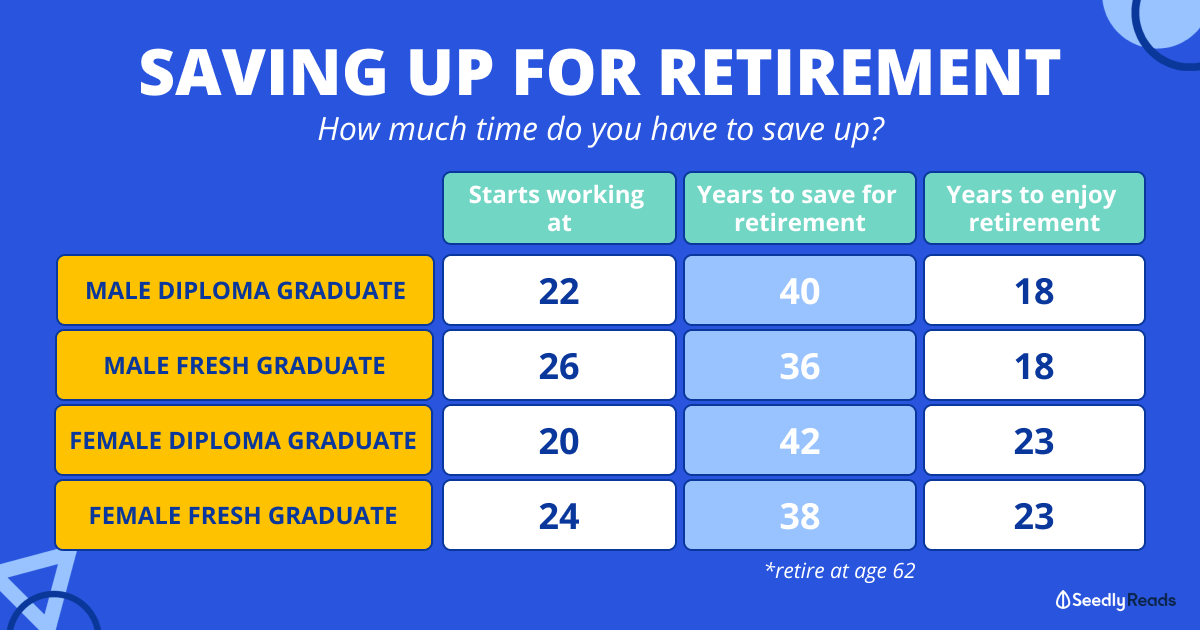
Converting to a Roth IRA can be a smart investment option for people who want to enjoy the tax benefits of retirement savings. This can be an attractive investment strategy but it is important to know the tax consequences. The IRS considers all IRA accounts, and will require you to pay taxes for the converted amount. You should be aware of the pro-rata rule.
Tax implications for a roth Ira transformation
Before you convert your Roth IRA, it is important that you understand the tax implications. The amount you withdraw will require you to pay tax. This can be quite costly since you'll be spending the money you should be saving for retirement. You can reduce this cost by saving enough cash to cover the conversion tax.
Conversions are also tax-free if you have some basis in your account. You will need to divide the total non-deductible contributions from all your IRAs within a year by the value all your converted funds.

Costs of a roth ira conversion
The cost of converting a traditional IRA to a Roth IRA may vary based on the tax rate. If your tax bracket is lower, or your children are in a higher bracket, it may be worth converting. Consider converting if the cost of conversion is too high. Also, make sure that you have enough cash.
If you have $100,000 in a traditional IRA, you will probably lose about $24,000 of the money in taxes. After taxes, the value of the IRA will likely be around $76,000. Roth conversions can be used to help you pay taxes ahead of time, which will lead to a lower tax.
Tax-free withdrawals after a rothira convert
There are several things you should remember if your traditional IRA has been converted to a Roth IRA. First, know the deadline for tax-free withdrawals. This is only available if you convert before the end of the year you plan to withdraw. To be eligible for tax-free withdrawals, your Roth IRA must have been held for at least five consecutive years. To be eligible for tax-free withdrawals, your Roth IRA must be held for at least five year if you intend to use it to purchase your first home.
To determine the tax-free amount of a Roth conversion, it is important to take into account how much you contributed before and after conversion. A single contribution is non-deductible, but you can also make smaller contributions throughout your life. The amount of income triggered in each contribution is the tax portion.

Tax implications for a backdoor roth Ira conversion
Although it is simple to convert a traditional IRA into a Roth IRA, there are tax implications. This is because all traditional IRA assets, including pretax and after-tax contributions, are included in the total amount of tax owed. Converting a traditional IRA in to a Roth IRA means you have to pay taxes on any amount taken out as well as any increase in your account.
The IRS has a rule called IRA aggregation that impacts the tax treatment of backdoor Roth IRA converts. If you convert a IRA from a traditional IRA in to a Roth IRA, then the IRS will count all IRAs held by you and prorate your withdraws using the total of all accounts. This means that you may be subject to additional taxes, such as on your Social Security benefits. This rule also applies pre-tax funds in workplace retirement account, SIMPLE IRAs, SIMPLE IRAs, or SEP IRAs.
FAQ
Who can I turn to for help in my retirement planning?
For many people, retirement planning is an enormous financial challenge. This is not only about saving money for yourself, but also making sure you have enough money to support your family through your entire life.
When deciding how much you want to save, the most important thing to remember is that there are many ways to calculate this amount depending on your life stage.
For example, if you're married, then you'll need to take into account any joint savings as well as provide for your own personal spending requirements. If you are single, you may need to decide how much time you want to spend on your own each month. This figure can then be used to calculate how much should you save.
You could set up a regular, monthly contribution to your pension plan if you're currently employed. It might be worth considering investing in shares, or other investments that provide long-term growth.
Contact a financial advisor to learn more or consult a wealth manager.
Do I need a retirement plan?
No. All of these services are free. We offer free consultations that will show you what's possible. After that, you can decide to go ahead with our services.
What are the Different Types of Investments that Can Be Used to Build Wealth?
There are many different types of investments you can make to build wealth. These are just a few examples.
-
Stocks & Bonds
-
Mutual Funds
-
Real Estate
-
Gold
-
Other Assets
Each of these options has its strengths and weaknesses. Stocks and bonds, for example, are simple to understand and manage. They can fluctuate in price over time and need active management. Real estate, on the other hand tends to retain its value better that other assets like gold or mutual funds.
It comes down to choosing something that is right for you. Before you can choose the right type of investment, it is essential to assess your risk tolerance and income needs.
Once you have made your decision on the type of asset that you wish to invest in, it is time to talk to a wealth management professional or financial planner to help you choose the right one.
Statistics
- According to Indeed, the average salary for a wealth manager in the United States in 2022 was $79,395.6 (investopedia.com)
- These rates generally reside somewhere around 1% of AUM annually, though rates usually drop as you invest more with the firm. (yahoo.com)
- US resident who opens a new IBKR Pro individual or joint account receives a 0.25% rate reduction on margin loans. (nerdwallet.com)
- If you are working with a private firm owned by an advisor, any advisory fees (generally around 1%) would go to the advisor. (nerdwallet.com)
External Links
How To
How to Invest Your Savings To Make More Money
You can get returns on your capital by investing in stock markets, mutual funds, bonds or real estate. This is known as investing. It is important that you understand that investing doesn't guarantee a profit. However, it can increase your chances of earning profits. There are various ways to invest your savings. These include stocks, mutual fund, gold, commodities, realestate, bonds, stocks, and ETFs (Exchange Traded Funds). These methods will be discussed below.
Stock Market
Because you can buy shares of companies that offer products or services similar to your own, the stock market is a popular way to invest your savings. You can also diversify your portfolio and protect yourself against financial loss by buying stocks. If the price of oil falls dramatically, your shares can be sold and bought shares in another company.
Mutual Fund
A mutual fund is a pool of money invested by many individuals or institutions in securities. They are professionally managed pools with equity, debt or hybrid securities. The mutual fund's investment objective is usually decided by its board.
Gold
Gold is a valuable asset that can hold its value over time. It is also considered a safe haven for economic uncertainty. Some countries use it as their currency. Due to investors looking for protection from inflation, gold prices have increased significantly in recent years. The supply and demand factors determine how much gold is worth.
Real Estate
Real estate includes land and buildings. When you buy real estate, you own the property and all rights associated with ownership. To generate additional income, you may rent out a part of your house. You might use your home to secure loans. The home may be used as collateral to get loans. However, you must consider the following factors before purchasing any type of real estate: location, size, condition, age, etc.
Commodity
Commodities are raw materials, such as metals, grain, and agricultural goods. Commodity-related investments will increase in value as these commodities rise in price. Investors who want the opportunity to profit from this trend should learn how to analyze charts, graphs, identify trends, determine the best entry points for their portfolios, and to interpret charts and graphs.
Bonds
BONDS are loans between corporations and governments. A bond can be described as a loan where one or both of the parties agrees to repay the principal at a particular date in return for interest payments. When interest rates drop, bond prices rise and vice versa. A bond is purchased by an investor to generate interest while the borrower waits to repay the principal.
Stocks
STOCKS INVOLVE SHARES of ownership within a corporation. Shares are a fraction of ownership in a company. If you own 100 shares, you become a shareholder. You can vote on all matters affecting the business. You also receive dividends when the company earns profits. Dividends, which are cash distributions to shareholders, are cash dividends.
ETFs
An Exchange Traded Fund (ETF), is a security which tracks an index of stocks or bonds, currencies, commodities or other asset classes. Unlike traditional mutual funds, ETFs trade like stocks on public exchanges. For example, the iShares Core S&P 500 ETF (NYSEARCA: SPY) is designed to track the performance of the Standard & Poor's 500 Index. This means that if SPY was purchased, your portfolio would reflect its performance.
Venture Capital
Ventures capital is private funding venture capitalists provide to help entrepreneurs start new businesses. Venture capitalists can provide funding for startups that have very little revenue or are at risk of going bankrupt. Venture capitalists invest in startups at the early stages of their development, which is often when they are just starting to make a profit.